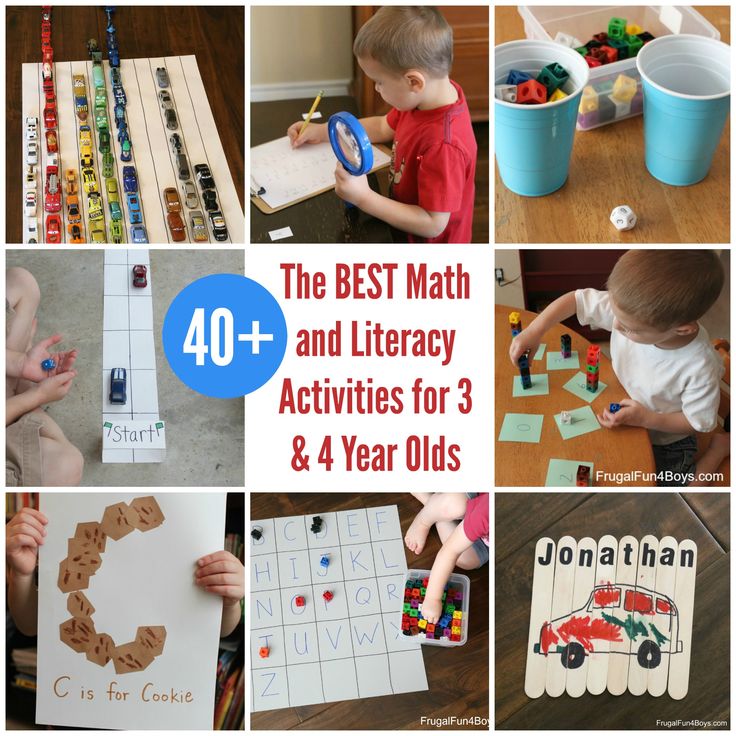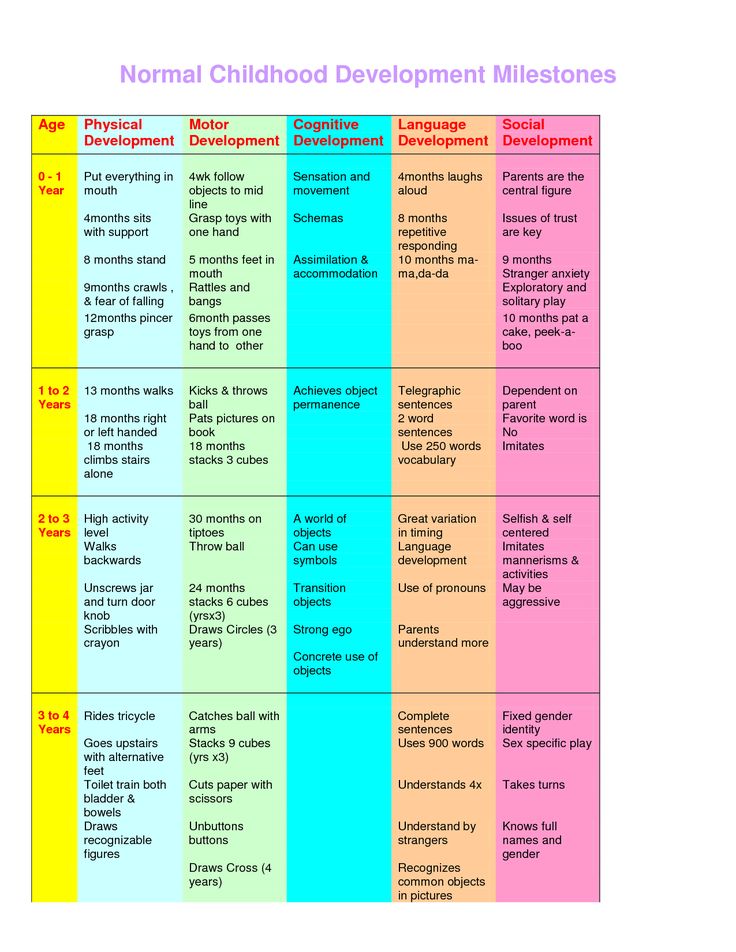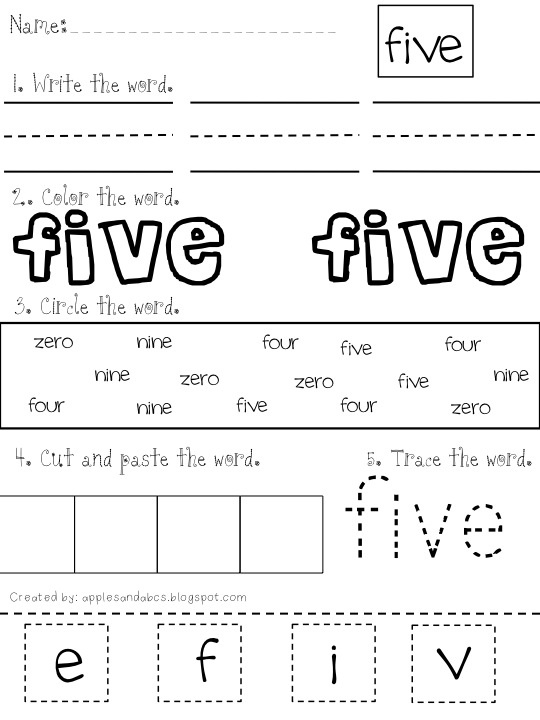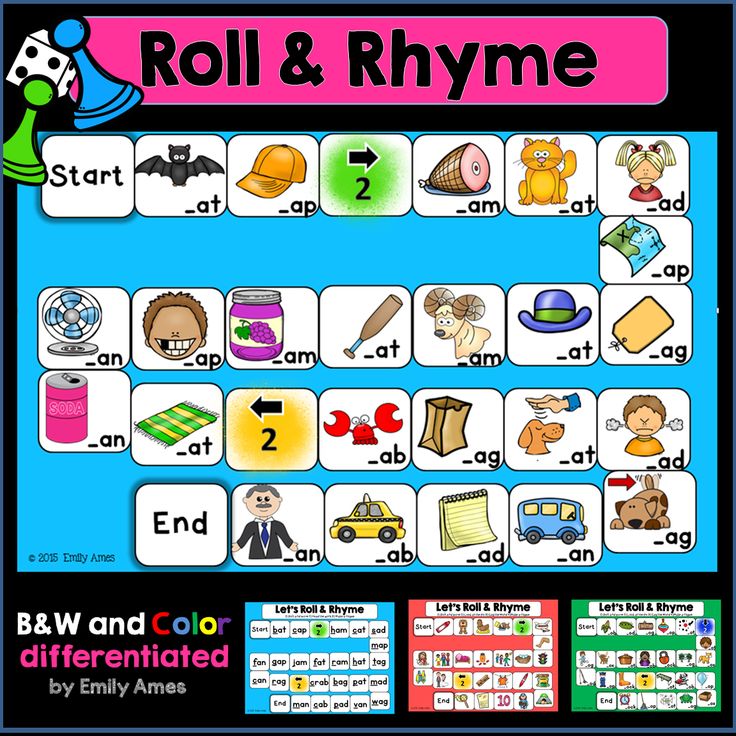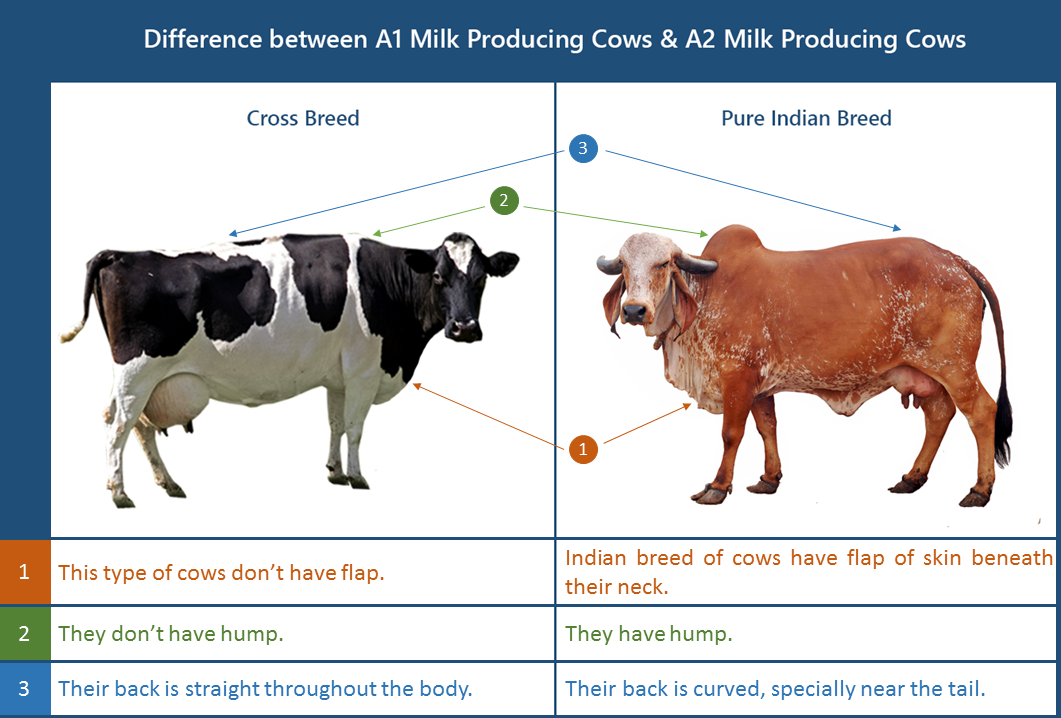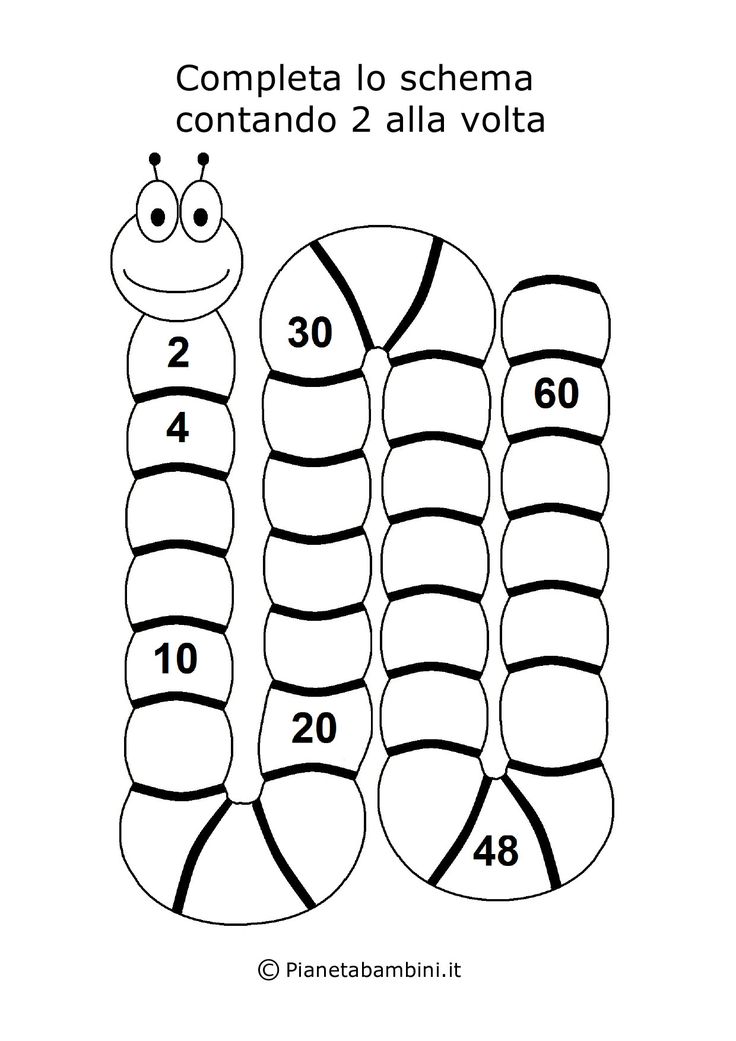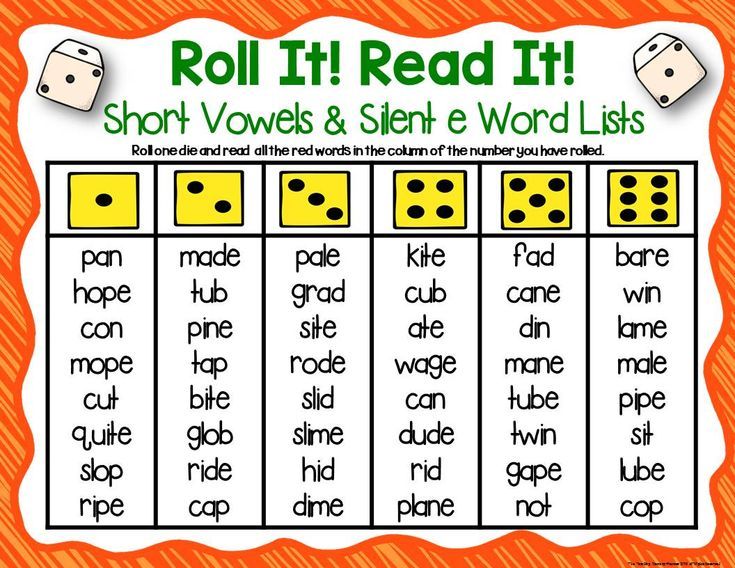Games that help with reading
7 Best Literacy-Boosting Board Games
Would you like to spend more time together with your family? Do you want your kids to build their literacy skills? You can actually achieve both goals with these family board games.
1. Tall Tales: The Game of Infinite Storytelling
Ages: 4+
There are several ways to play this storytelling game. My family likes the tell-a-group-story method. Players randomly select a few of the playing pieces and then one scene card is turned over. Each player takes a turn adding to the story, integrating one of their playing pieces into the story each time. The stories get very creative and silly.
Tip: Use the game pieces to create a writing experience. Have your child randomly select three icon pieces and turn over one scenery card. Then, have your child write a story based on the objects and scene selected.
2. Sequence Letters
Ages: 4+ (best for kids who need to work on letter sounds and beginning sounds)
This game is part strategy and part letter sound identification. Players have to match pictures of objects with beginning letter sound cards. For example, if you have a "V" card you cover the volcano picture with a chip. The goal is to cover five spaces in a row to win.
Tip: Challenge your kids to think of other words that begin with each letter sound. See how many words can be named in 30 seconds; each player scores points for each correct word. This allows for two winners in each game.
3. Hedbanz
Ages: 7+ (younger verbal kids too)
Hedbanz is a game that will generate lots of laughs. Each player wears a card on their headband and asks yes/no questions to determine the pictured object. The key is to guess the answer in as few questions as possible.
Tip: This is a great game to use with kids who have speech and language challenges. They will work on formulating questions and picking specific vocabulary.
4. Boggle
Ages: 8+
Playing Boggle takes me back to my childhood.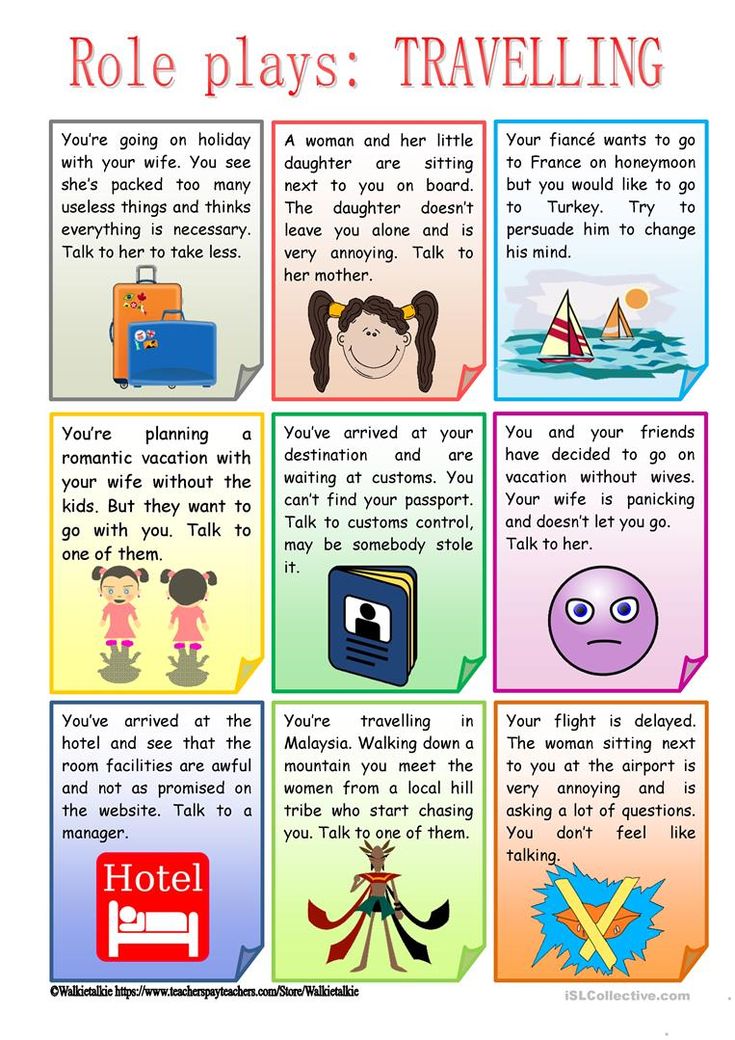 I vividly remember the sound of letter cubes shaking around in the plastic box. If your kids like word searches, then Boggle is their game. Shake the letters and see how many words can be found in a short of amount of time. The real challenge is finding words that other players don't spot. Shake and repeat.
I vividly remember the sound of letter cubes shaking around in the plastic box. If your kids like word searches, then Boggle is their game. Shake the letters and see how many words can be found in a short of amount of time. The real challenge is finding words that other players don't spot. Shake and repeat.
Tip: Challenge your family to learn two new words each game. It might be fun to focus on words with same prefix or suffix and talk about how the words are related.
5. Scrabble
Ages: 8+
For most, the first word game that comes to mind is Scrabble. The game has been around since the 1940s. The neat thing about this word-building game is that it also builds math skills. Players strategize high point letter tiles to use on the board in just the right places.
Tip: Try Bananagrams, Wordical, or Quiddler which are all spinoffs of the classic Scrabble game.
6. Read My List!
Ages: 8+
Read My List! is another game that has multiple variations. You can play a round where you list as many words you can think of to fit into a certain category. Another variation is to listen to a list of things and then guess the category. Finally, players can do a lightning round where they compete back and forth to name items in a category until someone gets stumped.
You can play a round where you list as many words you can think of to fit into a certain category. Another variation is to listen to a list of things and then guess the category. Finally, players can do a lightning round where they compete back and forth to name items in a category until someone gets stumped.
Tip: To include younger children, play without racing each other. The lightning round and list rounds would be appropriate for children over age four.
7. Apples to Apples Junior
Ages: 9+ (younger strong readers could also play)
My personal favorite on this list is Apples to Apples Junior. There are two stacks of cards. The green set contains descriptive words such as kind, cool, and bold. The red set contains people, places, things, and events. Each round, players choose the best red card from their hand to compliment the green card word. The judge selects the favorite played card as the winner of the round.
Tip: Use the blank cards that come with the game to add vocabulary words your kids are currently studying.
Have fun building literacy skills and enjoying time with your family with one of these games.
Six Games for Reading | Reading Rockets
Here are six games parents or tutors can use to help young readers practice word recognition, spelling patterns, and letter-sound knowledge. When planning to play one of these games, choose words to use from books the child is reading or has read recently. The games should also be chosen or designed to promote the child's sense of competence and success.
1. Concentration
To make
Select five to ten words from a book (or books) the child is reading. Print each word clearly and boldly on separate 3x5 inch index cards, making pairs of each word. (The child may be able to help you by copying the words you write.)
To play
Shuffle the cards and place them face down in neat rows. Take turns turning up two cards at a time and reading the words aloud.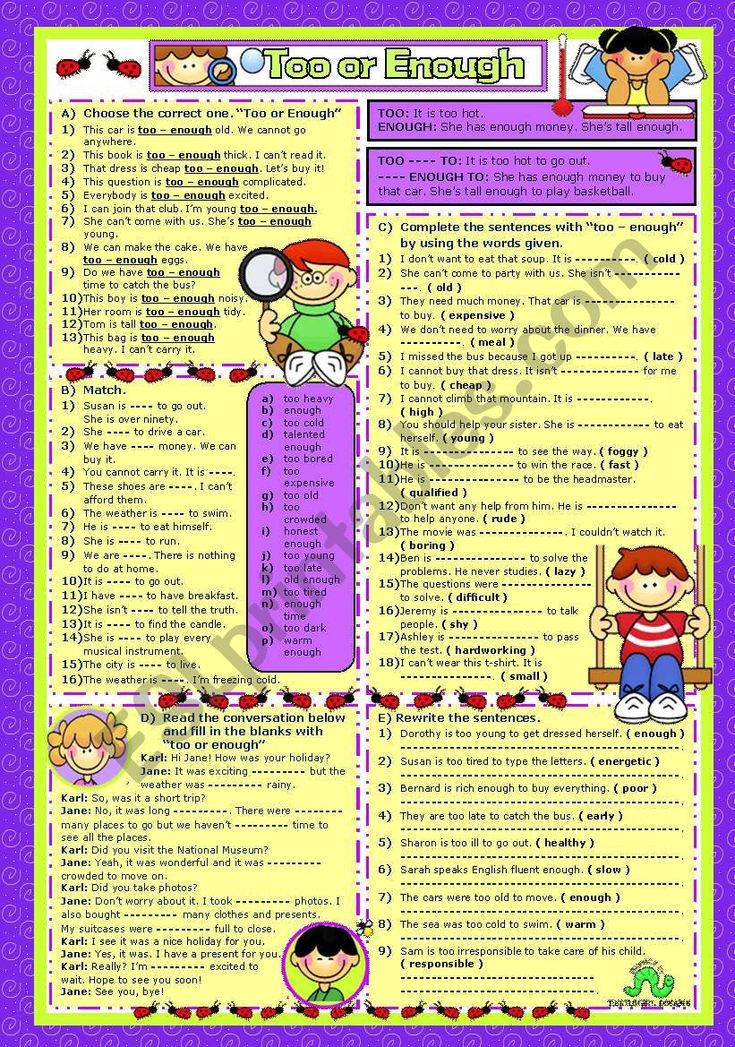 If the two cards match, the player keeps them and takes a second turn. If they do not match, the cards are replaced face down and the next player takes a turn. Play until all the cards are matched. The player with the most pairs wins. If the child has trouble recognizing a word, say the word — do not ask the child to "sound out" the word. The purpose of this game is to build automatic recognition of whole words.
If the two cards match, the player keeps them and takes a second turn. If they do not match, the cards are replaced face down and the next player takes a turn. Play until all the cards are matched. The player with the most pairs wins. If the child has trouble recognizing a word, say the word — do not ask the child to "sound out" the word. The purpose of this game is to build automatic recognition of whole words.
You can control the difficulty of the game by the choice and number of words used: for very beginning readers, choose meaningful words that are visually distinctive: "ghost", "dark", "sister", and keep the number of words low. For a more challenging game, include some words that are less distinctive: "when", "what", "this", "that", but be careful not to overwhelm the child.
Variation 1
Instead of matching pairs, you can use rhyming pairs: look, book; dark, park.
Variation 2
This game can also be used to build letter recognition and letter/sound association.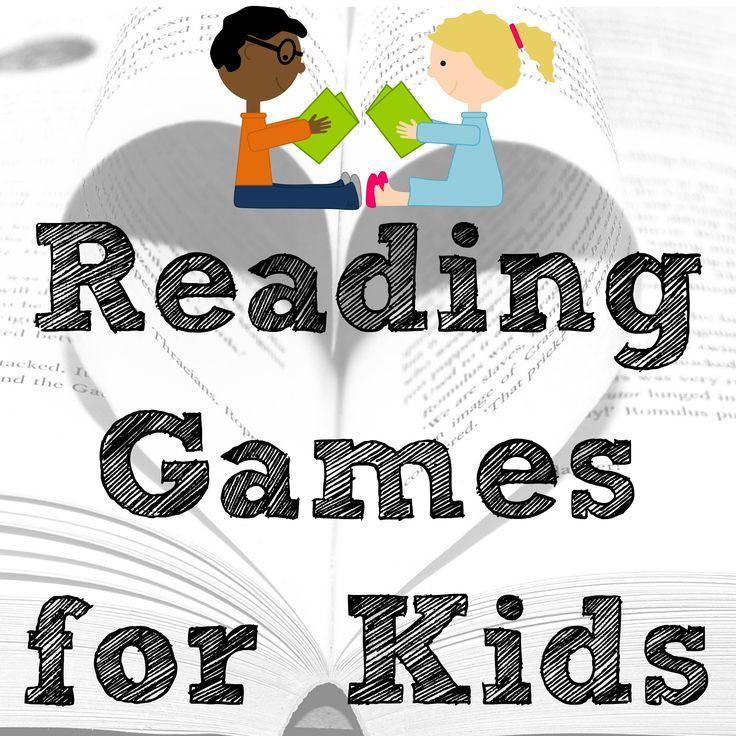 Paste or draw simple pictures on one set of cards; and on the other set, print initial consonants to go with the pictures. For example, paste the picture of a dog on one card, and write the letter "D" on a matching card.
Paste or draw simple pictures on one set of cards; and on the other set, print initial consonants to go with the pictures. For example, paste the picture of a dog on one card, and write the letter "D" on a matching card.
Note: This game can be adapted to use with older children, or more advanced readers: variations can include vocabulary practice such as using homonyms, (words that sound alike but are spelled differently and have different meanings: cent/scent; dear/deer, etc.) or contractions, (can't; cannot, etc.).
Back to Top
2. Go fish
This game is good for early fluent to fluent readers.
To make
Select ten to 20 words from a book (or books) the child is reading. Print the words clearly and boldly on separate 3x5 inch index cards, making pairs of each word. (Children may help by copying the words you write.) Two to four players can play this game.
To play
Shuffle and deal three to five cards to each player. Place the rest of the deck face down.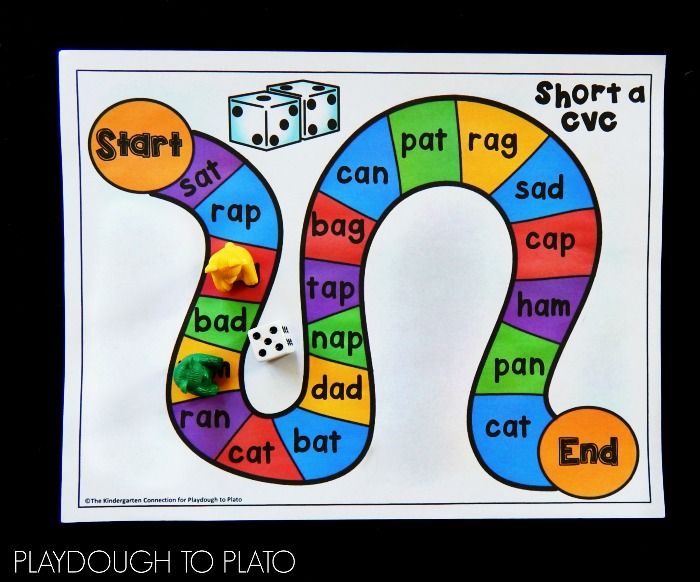 Players take turns asking each other for a card to match one held in his or her hand. If the opponent has a matching card, it is given over, and the first player takes another turn. If the opponent does not have a match, he or she says "Go Fish" and the player draws from the remaining deck of cards, and the next player takes a turn. Each time a player has a match, he or she reads the words, and puts down the pair, face up. Continue the game until the cards are all used up.
Players take turns asking each other for a card to match one held in his or her hand. If the opponent has a matching card, it is given over, and the first player takes another turn. If the opponent does not have a match, he or she says "Go Fish" and the player draws from the remaining deck of cards, and the next player takes a turn. Each time a player has a match, he or she reads the words, and puts down the pair, face up. Continue the game until the cards are all used up.
Instead of matching words, rhyming words can be used. In this case, players ask for "a word that sounds like 'night'..." At the end, the child can earn extra points by dictating or writing additional words that rhyme with the base words, or creating "silly" sentences using the rhymes.
Note: This game can be adapted to use with older children, or more advanced readers: variations can include vocabulary practice such as using homonyms (words that sound alike but are spelled differently and have different meanings: cent/scent; dear/deer, etc.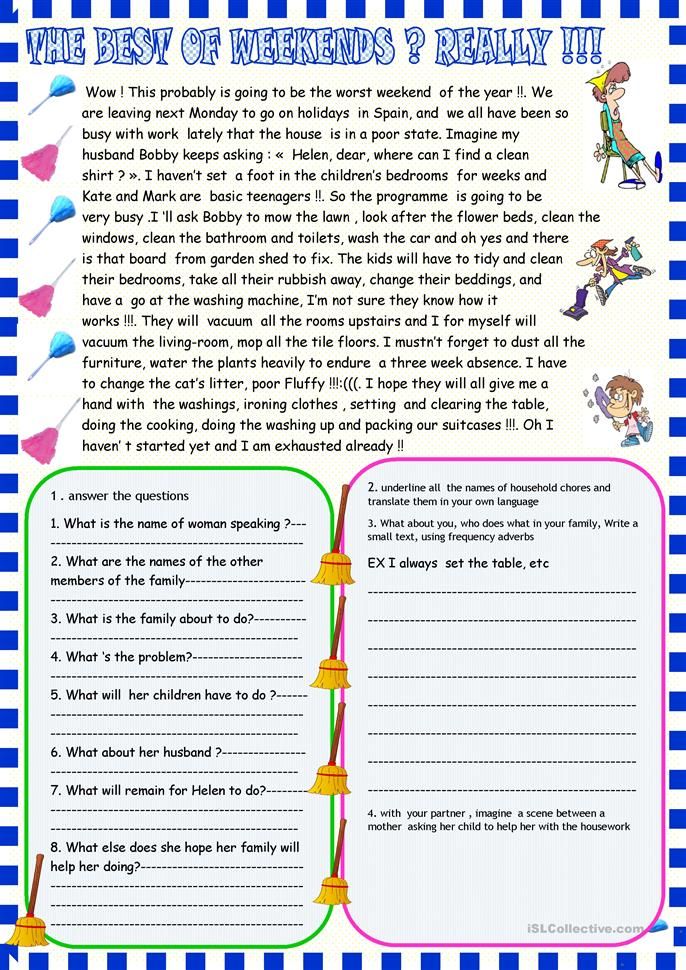 ), or contractions (can't; cannot, etc.).
), or contractions (can't; cannot, etc.).
Back to Top
3. Old maid
To make
Select three words per player from a book (or books) being read. Print them clearly and boldly on separate 3x5 inch index cards, making pairs of words. Choose one more word without a match that will be the winning card.
To play
Shuffle and deal three to six cards to each player. Players take turns drawing a card from a player to their left. If a player draws a card that matches one in his or her hand, he/she reads the two matching words in order to keep the pair. Play continues until all the cards are matched, except for the one odd card. The player who holds that card at the end wins the game.
Note: This game can be adapted to use with older children, or more advanced readers: variations can include vocabulary practice such as using homonyms (words that sound alike but are spelled differently and have different meanings: cent/scent; dear/deer, etc.), or contractions (can't; cannot, etc.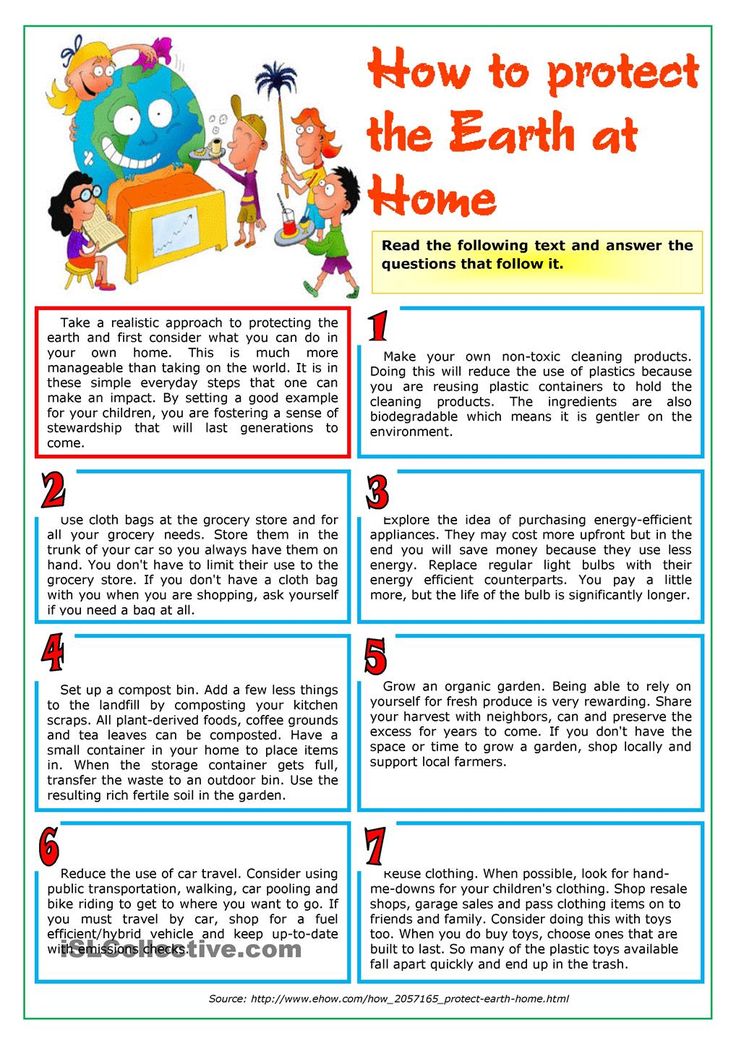 ).
).
Back to Top
4. Monopoly
This is a great game to help teach word family patterns and spelling patterns. This should be used with children who write fairly comfortably, usually second grade or older.
To make
Create a game board with four or five squares on each side. Prepare word cards with families of words that emerge from the child's reading: night, light, tight; went, bent, sent; hat, cat, bat. (For beginning readers or younger children, make sure the patterns are not too similar: mat, sat, rat; man, can, ran; met, set, bet.) Color code each word family and each side of the game board.
Place the words face up around the board in sets. To add to the element of chance, have other game directions on the board, such as "take another turn", "go back 2 spaces", etc. Prepare score sheets for each player with color-coded headings for each word family.
To play
Role dice or use a spinner to move around the board. Wherever a player lands he reads the word, then writes it in the appropriate "word family" category on the score sheet. Extra points can be earned by dictating or writing sentences with the rhyming words.
Extra points can be earned by dictating or writing sentences with the rhyming words.
Back to Top
5. Rhyming games
Play rhyming games to teach about the patterns in words. Try the following, for example, for words in the same family as the word black:
- Introduce a poem or rhyming story such as Miss Mary Mack:
Miss Mary Mack, Mack, Mack
all dressed in black, black, black
with silver buttons, buttons, buttons
up and down her back, back, back… - Encourage the child to point out words in books that have a similar spelling pattern as in black.
- Help the child think of other words that have this pattern. You may have to write a few words for him or her:
sack
pack
stackThen have the child read the whole word and underline the repeated part of the word, "ack."
- Using magnetic letters or Scrabble pieces, form a word with the "ack" pattern. Ask the student to change the first letter of the word (for example: 's' in sack) to make a new word, such as pack.
 You should be sure to provide a limited number of letters (two or three at first) for the child to choose from.
You should be sure to provide a limited number of letters (two or three at first) for the child to choose from. - Remember to choose a word pattern that is useful and important to the student and that relates to something that he or she has read or will read. If possible, start with a word he or she already knows in the word family. After reading a book about being sad, for example, start with the word "cry" and then follow with "fry", "try", and "wry".
- Remember to review the word families you've chosen to work on periodically by playing some of the other games described above.
- Be sure to give the student a chance to go back to a book, poem, or other texts where he or she can apply this new reading skill. Poems, nursery rhymes, and jump rope jingles are a great resource for early readers.
Back to Top
6. Fishing for sounds
This is a game for emergent readers and writers.
To make
Find and cut out small pictures of familiar objects from magazines, old workbooks, catalogues. Try to find several pictures that start with the same letter, such as book, bed, basket, boy; snake, sun, skate, slide, etc. (The child can help; this is a good language activity too.)
Try to find several pictures that start with the same letter, such as book, bed, basket, boy; snake, sun, skate, slide, etc. (The child can help; this is a good language activity too.)
Cut out 12-15 fish shapes and paste or draw one picture on each fish.
On individual 3x5 inch index cards or on an 8x11 inch piece of paper or cardboard, print consonant letters with a key picture for each group of pictures found. (For example, print the letter "S" with the picture of a sun to represent all the words beginning with that letter.) (If using a sheet of paper, print only two or three letters per sheet.)
To play
Select two or three sets of fish pictures that start with the same letters and mix them up. Place face down on a table and take turns "going fishing." As each fish is turned over, the child names the picture and places it in the appropriate pile under the key letter / picture. When all the fish are caught and placed correctly, have the child "read" the pictures under each heading.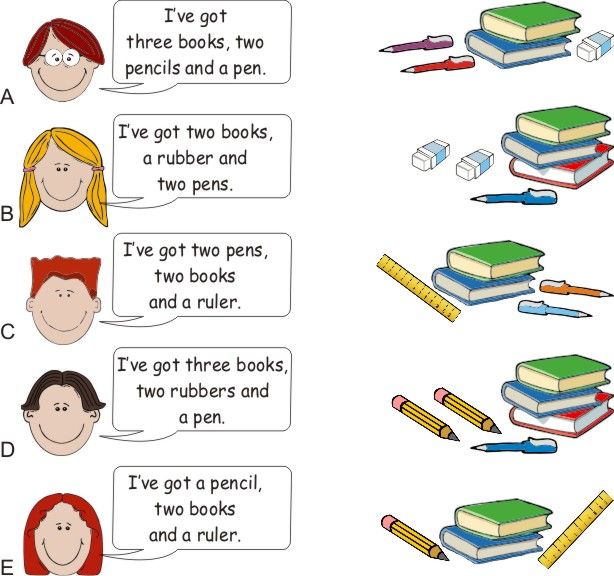 If necessary, read along with him or her, saying the letter name and stressing the initial sound of the word. "Yes, here are 'S' pictures: sssun, sssnake, sssaxophone."
If necessary, read along with him or her, saying the letter name and stressing the initial sound of the word. "Yes, here are 'S' pictures: sssun, sssnake, sssaxophone."
To add excitement, you can play as opponents, each player having one or two categories and key letter / pictures. Take turns fishing, and discard those fish that belong to the other player.
Back to Top
10 cool games that will teach your child to read quickly and without errors
How to teach a child to read confidently, fluently, correctly? Interest and captivate! We offer a selection of games from the teacher, speed reading and memory development instructor Guzel Abdulova.
Gyuzel Abdulova, neuropsychologist, teacher, speed reading and memory development coach, head of the Eidos Intellectual Technology Center
These exciting games will not only arouse interest in reading, but also help develop memory, attention and the level of understanding of texts. Play - reading, read - playing! nine0003
"Racing"
What should be done? Invite the child to read his favorite poem several times, each time increasing the speed and power of the voice.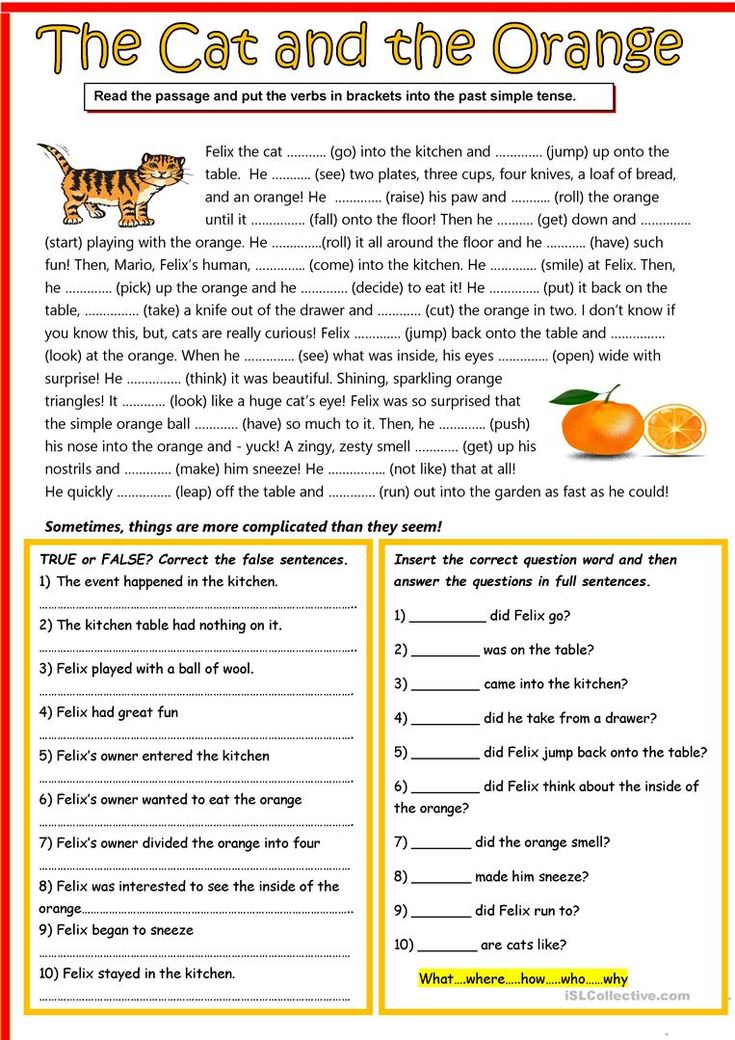
Purpose. The exercise significantly increases the speed of reading, improves reading technique and promotes the development of speech.
"Foreigner"
What should be done? We read the words, highlighting the last syllable, as if with a "foreign" accent. Reading text or columns of words. For example:
There is healthy mind in a healthy body.
Not the one who is RIGHT who is strong, but the one who is honest.
A tree is supported by roots, and a person is supported by friends.
And Vaska listens and eats.
Elbow is close, but you won't bite
The cuckoo praises the rooster for praising the cuckoo.
Alone in the field is not a warrior.
Purpose. This exercise helps children get rid of the habit of swallowing endings. It is quite tedious, so we complete it for 30 seconds. nine0003
"Voices"
What should be done? The task is to read the text in the form of a person or animal, cartoon or literary character.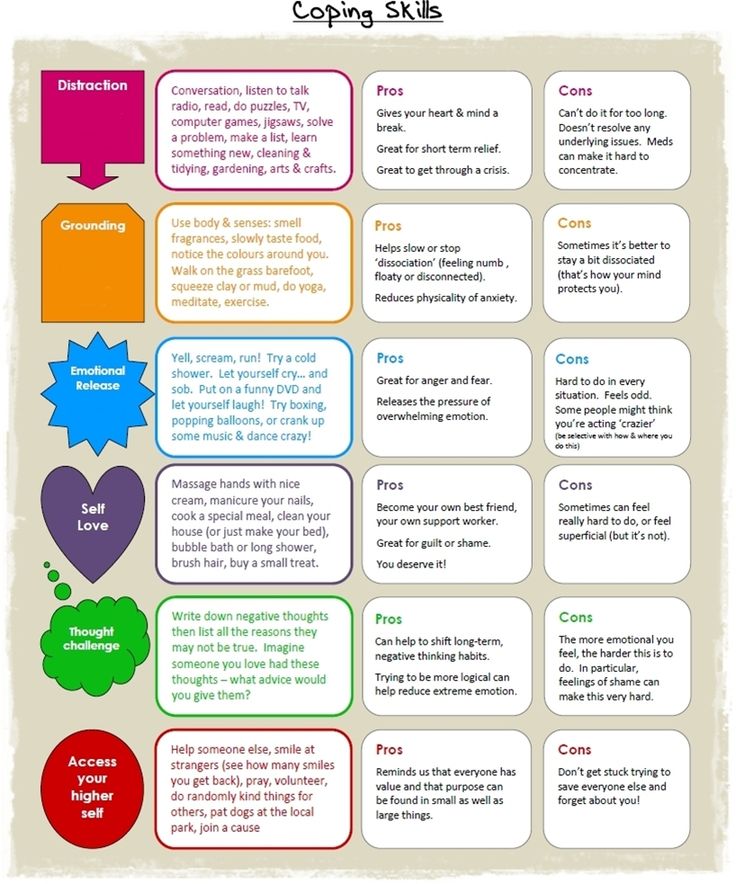 Discuss with the child how Baba Yaga or a mouse, a hare or a wolf would read this text.
Discuss with the child how Baba Yaga or a mouse, a hare or a wolf would read this text.
Purpose. The exercise improves the reading technique, helps to get the kid interested in reading, to show that it is fun and interesting.
"Funny Pictures"
What should be done? For this exercise, you need to match text with a large number of pictures. Cut the pictures and mix. The task of the child is to arrange the pictures in order to restore the sequence of events. nine0015 Option 1. Read the text and put the pictures in order.
Option 2. Tell a story from pictures. Then read the text and compare your version with the one proposed.
Purpose. The exercise contributes to the development of semantic reading and a deeper understanding of what is read.
"Magic puzzles"
What should be done? Cut the text into pieces-puzzles and mix.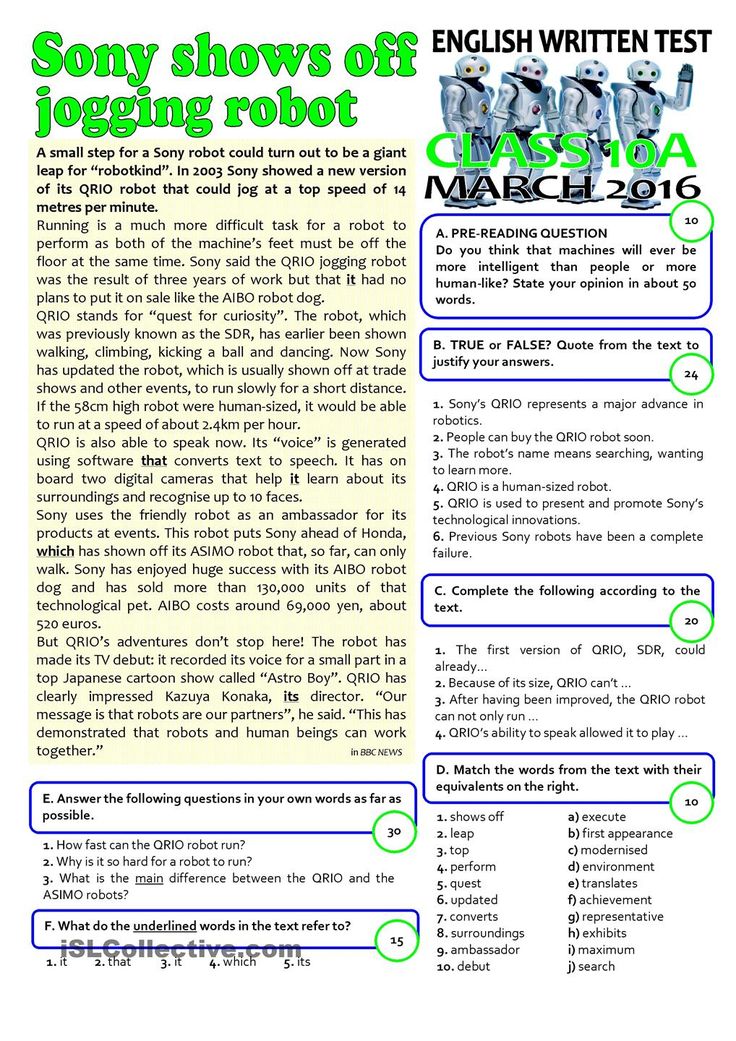 We invite the child to collect them and read the restored text. nine0015 Purpose. The exercise is quite difficult, and memory, attention, and thinking are involved. The skill of semantic reading is being improved. At first, you need to choose familiar texts, better - fairy tales.
We invite the child to collect them and read the restored text. nine0015 Purpose. The exercise is quite difficult, and memory, attention, and thinking are involved. The skill of semantic reading is being improved. At first, you need to choose familiar texts, better - fairy tales.
“The word is lost”
What should be done? Read the text aloud, skipping words. The child must understand which word was missed.
Target . The exercise contributes to the development of attention, the formation of the skill of semantic guessing and a deeper understanding of what is read. nine0003
"First and last"
What should I do? The child reads the text, saying aloud only the first and last letters in the word. Then he should tell what he read about.
Purpose. The exercise trains concentration and quick switching of attention, teaches you to perform several actions at the same time: read, understand, memorize.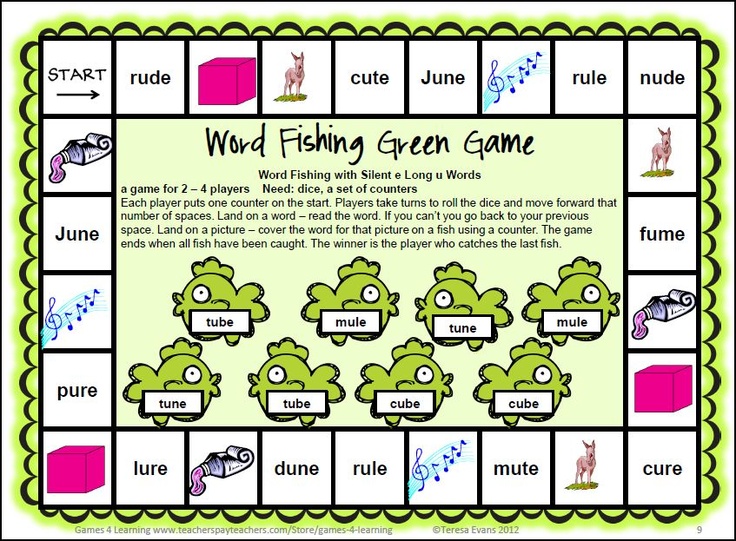
Head-tail
What should I do? Option 1. An adult reads the beginning of the word, and the child must find the "tail", that is, the end of this word. To do this, you need to quickly scan the entire text, find the word and read the ending. nine0015 Option 2. The adult reads the beginning of the sentence, and the child must find its ending.
Purpose. This is a good training for the skills of "scanning" the text with the eyes, concentration and semantic reading.
"Read and count"
What to do? The child must not only read and understand the text, but also count the words. Naturally, for starters, you need small texts - from 10-20 to 40-50 words.
Target. This exercise helps to develop attention and better understand the text.
"Shooting a movie"
What to do? Ask the child to imagine a movie based on the text.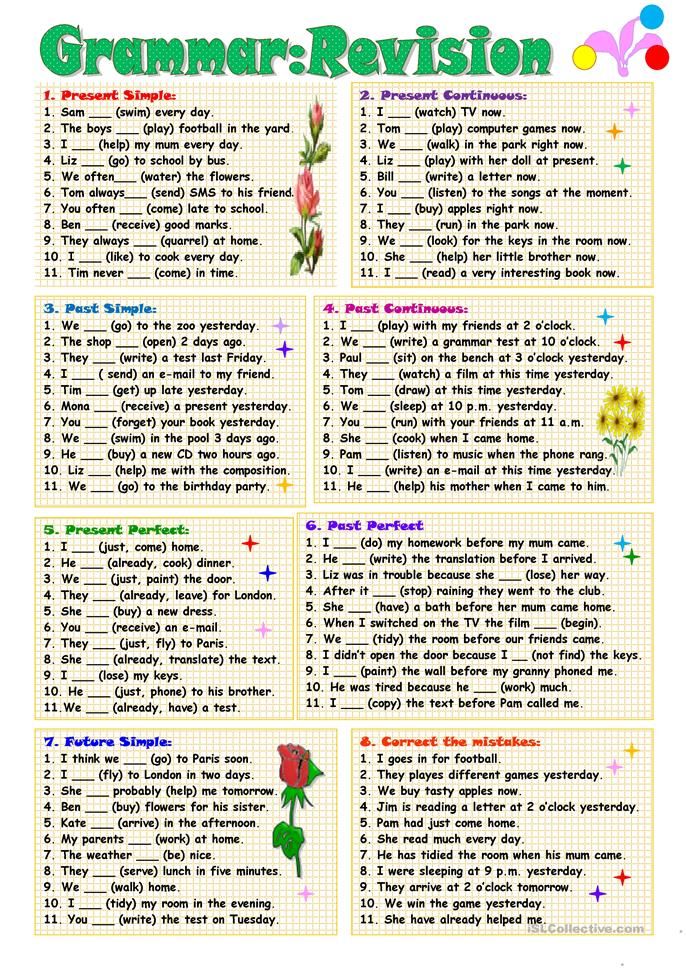 We help with leading questions, find out what he sees and feels when he reads. The task is not only to understand what the text is about, but also to hear sounds, feel smells, tastes, and experience the emotions of the characters. The child must answer your questions and retell the text. nine0015 Purpose. We develop figurative memory, speech, retelling skill. Thanks to the use of the method of co-sensation, children easily remember and tell the text with all the details, even come up with details.
We help with leading questions, find out what he sees and feels when he reads. The task is not only to understand what the text is about, but also to hear sounds, feel smells, tastes, and experience the emotions of the characters. The child must answer your questions and retell the text. nine0015 Purpose. We develop figurative memory, speech, retelling skill. Thanks to the use of the method of co-sensation, children easily remember and tell the text with all the details, even come up with details.
G. Abdulova “We read after the ABC: we develop speed reading”
It is important to teach a child to read correctly. The book by an experienced neuropsychologist, speed reading trainer and head of the Superbrain School of Intellectual Development Gyuzel Abdulova contains interesting and fun exercises that will help a child learn to read fluently without mistakes and hesitations. And although this book is designed for children of primary school age, it will certainly be interesting for parents to study: try to quickly read the text upside down or find a few words in a whole sea of scattered letters.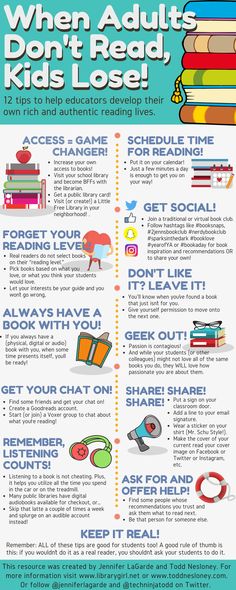 nine0003
nine0003
See also :
5 memory games
How to teach your child to read confidently: 5 tips for parents
"Secrets" and four more children's games for the street
Photo: Prostock-studio, Alex2stundr Luis Molinero/Shutterstock
Tips
3 Best Online Alphabet Learning Games for Kids
A lot depends on how pleasant and comfortable your baby's introduction to letters is, including the strength of the desire to pick up the letters in the future books, read, reach for knowledge, make discoveries. Not all adults have the time, talent and patience to acquaint a child with letters, teach him to read, but today this has ceased to be a problem - you can call on the best games for learning the alphabet to help. nine0003
We've reviewed dozens of letter learning apps and selected the top three. To make our review really useful for you, we included primary school teachers, children from 3 to 6 years old, as well as their parents in the research group. Here's what we got:
Here's what we got:
When choosing, we recommend focusing on the tastes and preferences of your child - let your baby play each of the applications presented, and he will choose the game that he finds most interesting for himself. nine0003
Editor's Choice
- Readings - This is a whole world in which the child plunges headlong: 40 fabulous locations, 35 mini-games, original music and watercolor illustrations.
- Speaking alphabet - Interactive alphabet, plasticine animation, two learning modes - sounds and letters.
- Learning letters is fun for kids! - Another interesting application that offers several game scenarios for memorizing letters. The kid will have to color "smart" pictures, look for objects with a certain letter, listen to rhymes. nine0187
1. "Readings" - application, which will teach your child to read
Here is what the well-known user resource Lifehacker writes about Reading:
- “Readings is a sequential learning game.
It is simple and clear drawn, as well as easy to manage. The game has a story that captivates the child even more. Sound accompaniment also helps: letters, warehouses and words are pronounced, they are easy to perceive by ear.
And here are the words of the General Director of Methods N. Zaitsev LLC Andreev E.V.
- “Readings is an application that will serve as a good addition to learning with Zaitsev's Cubes. We recommend it to those who want to teach a child to read without coercion and stress.”
We will complete:
Reading is not just an exciting game for learning the alphabet, it is a whole fairy-tale world that opens up to a child. You don't have to offer the kid to play Reading every time - the child himself will ask to turn on the fairy tale. The interface is so simple and clear that the participation of parents is practically not required - except at first.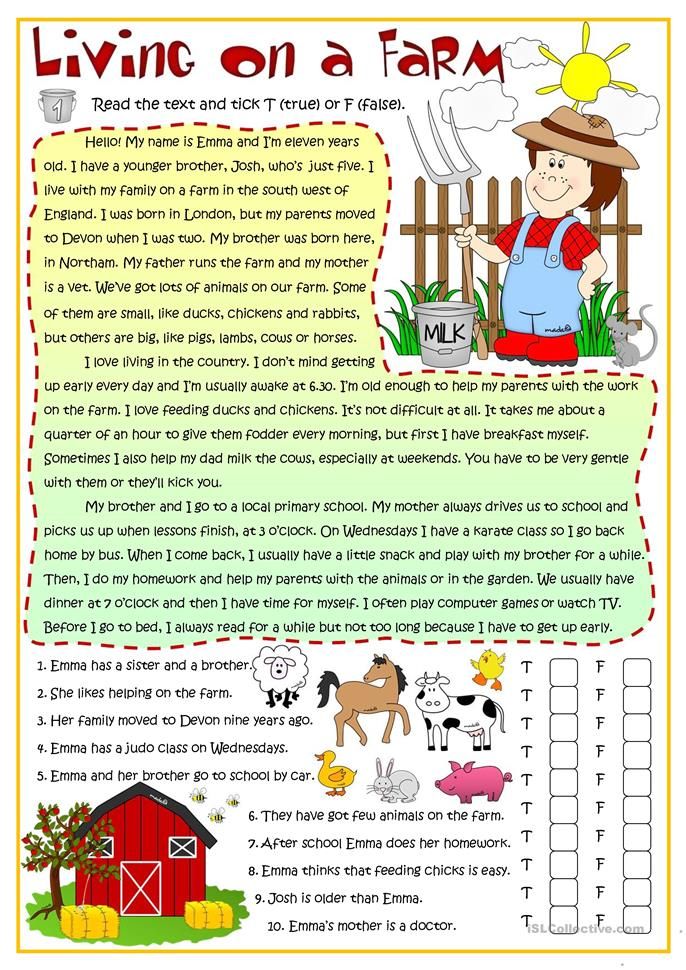 Watercolor graphics, dozens of different locations and tasks: every day something new and interesting awaits the child - a real fairy tale that not only tells about miracles, but also teaches the child a unique magical skill, because those who can read are able to manage time, and travel to different worlds. nine0003
Watercolor graphics, dozens of different locations and tasks: every day something new and interesting awaits the child - a real fairy tale that not only tells about miracles, but also teaches the child a unique magical skill, because those who can read are able to manage time, and travel to different worlds. nine0003
Readings are:
- Watercolor graphics, beautiful music, elaborate fairy tale scenario. You definitely won't be bored;
- The effect of total immersion. This effect is supported not only by the children's voice acting of the main characters - no falsehood, pretense, but the main thing here is that the child is actively involved in the fairy tale. The further development of the plot depends on him - and this is a certain responsibility that contributes to greater composure, and hence the effectiveness of training; nine0187
- Zaitsev method. To date, this technique is recognized by many experts as the best among all existing ones - learning to read comes smoothly, easily, efficiently.
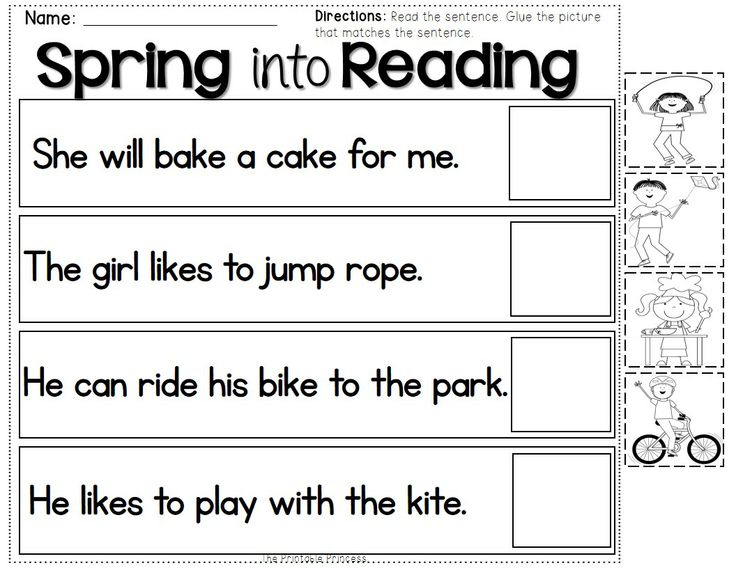 Reading is built on this particular technique, the game moves from simple to complex, which allows the child to believe in himself and practice;
Reading is built on this particular technique, the game moves from simple to complex, which allows the child to believe in himself and practice; - The variety of tasks is another undoubted advantage of Reading. It will not be boring. In addition, the tasks are arranged in such a way that children with any peculiarities of perception memorize letters well and put them into words. For example, all letters are voiced, so phonemic hearing develops in the process. nine0187
Would you like to learn more about Reading? We invite you to watch a short video:
Beware, you can quickly fall in love with this game - you won't have time to look back, but the child is already reading. Parents are also encouraged to periodically look at the Reading blog - news about the application appears here regularly, as well as useful tips and tricks on raising and educating children.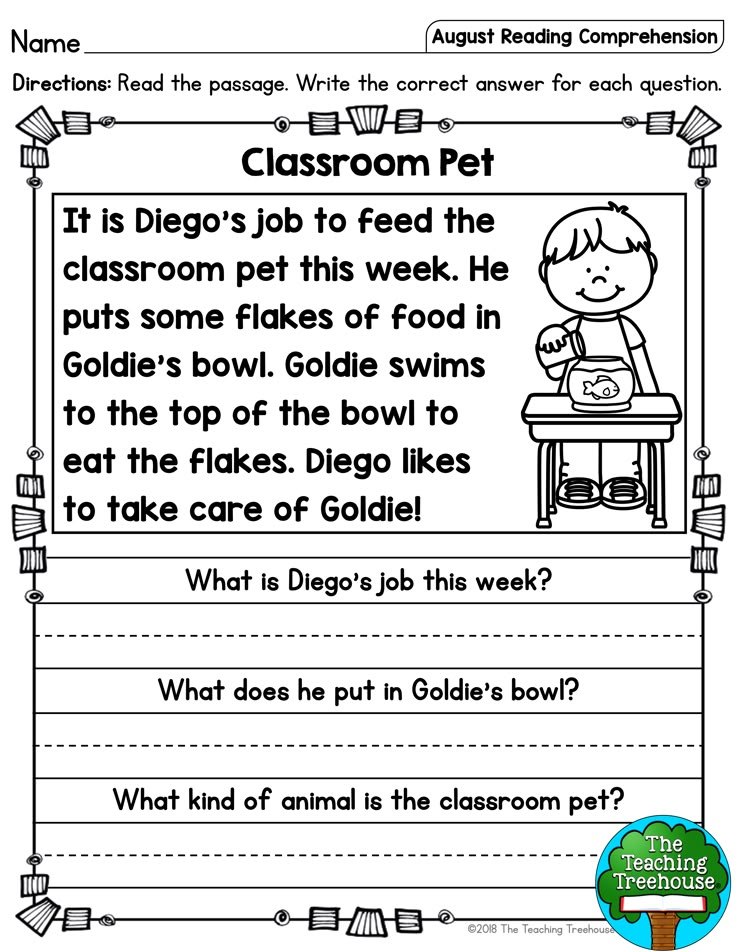
2. "Talking alphabet" - an interactive alphabet, made with love and care. nine0182
The main advantages of the game:
- Beautiful graphics and music, cute animals;
- Simple interface. Even a three-year-old child will quickly figure out what's what;
- All letters are spoken. The child is constantly offered to enter into a dialogue.
Of the minuses, one can only single out a small number of games (there are only six of them) and the lack of a plot that runs like a red thread from beginning to end. In fact, it's just an interactive alphabet - yes, interesting, fun. But the child will not have an unbridled desire to return to it again and again - each game is independent, and after its completion there are no unfinished business. nine0003
Would you like to get to know the ABC better? See:
Rounding out our review is the learning game Learning letters is fun for kids.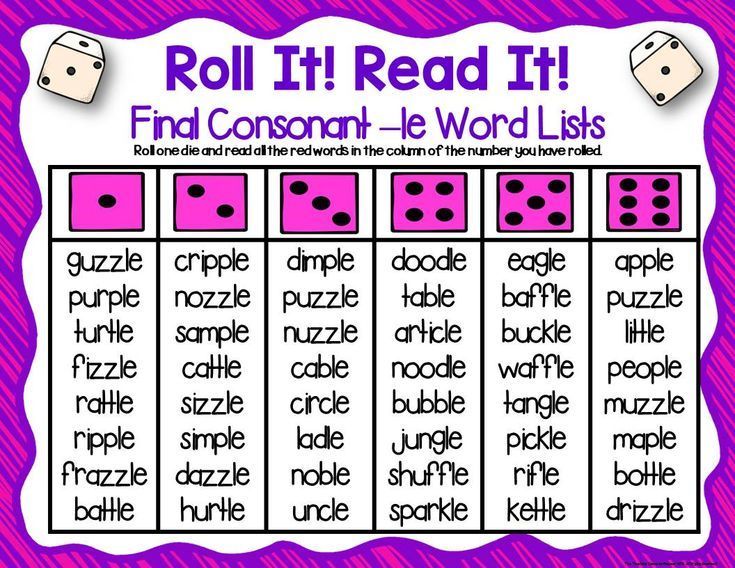 A simple application that preschool children will quickly figure out: cute animation, funny melodies, the ability to learn letters and sounds - it's all captivating and interesting.
A simple application that preschool children will quickly figure out: cute animation, funny melodies, the ability to learn letters and sounds - it's all captivating and interesting.
By choosing Learn Letters Fun for Kids, you get a game that:
- Will definitely interest your child: graphics and music attract and hold attention; nine0187
- Offers various tasks for memorizing letters. For example, three objects and three letters appear on the screen, with which the names of objects begin - you need to correlate the letter and the object;
- Does not require the intervention and presence of parents - the interface is as simple and clear as possible.
But, as in the case of the Talking ABC, there is no single plot that would lead the child from the first stage to the last. Why is this story so important? Because it forms in the child a steady desire to return to the game again and again - he still has unfinished business there. nine0003
nine0003
You can see a little more here:
Important questions about learning to read
When?
No specialist will give you an unambiguous answer to this question - all children develop differently, so you should focus not on age, but on the child's readiness for learning. But there are still certain norms, and they are dictated by common sense: if your child goes to first grade already knowing the letters, or better, knowing how to read, it will be easier for him to adapt to school. We will talk about how to determine the best moment to start learning letters, learning to read, below. nine0003
Where?
Many parents send their kids to special circles where children are taught to read, count, draw and so on from an early age. Zaitsev's cubes, the Montessori method, mental arithmetic, and so on are used. We will not say that this is the wrong approach - the benefits of such circles are undeniable (if competent teachers teach there). But the problem is that such classes are held once or twice a week for an hour. This is not enough. If you want your child to develop faster, you need to deal with him more often, not necessarily by the hour. It is worth focusing on the mood of the child, on his desires. And there are many scenarios of situational games - look for certain letters on car numbers or signs while walking, remember the names of objects with a specific letter, or, conversely, name the first letters of the objects that surround you. nine0003
How?
If you have the opportunity to take your child to special early development clubs, great. If you have the opportunity to regularly engage with the child on your own - great. But if you do not have such opportunities, you can always take advantage of the fruits of technological progress - special game applications that will captivate the child, help him learn the letters, start reading.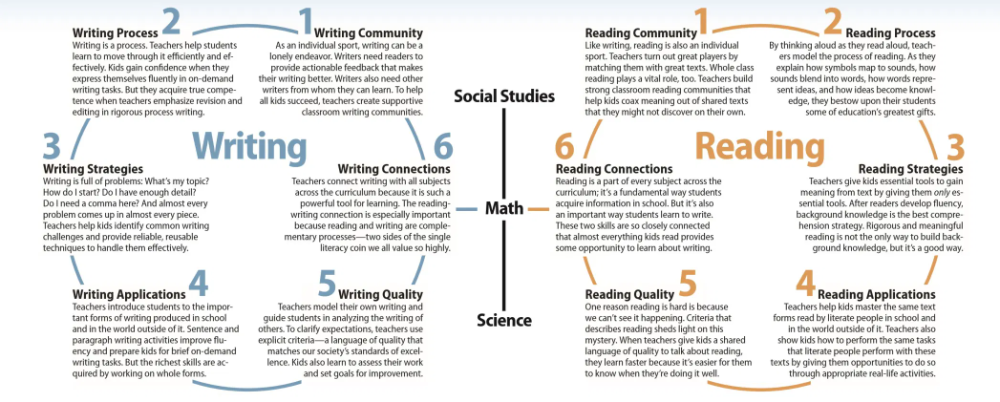 And most importantly, they will awaken in the kid an interest in learning, and in the future you will remember them with a kind word many times. nine0003
And most importantly, they will awaken in the kid an interest in learning, and in the future you will remember them with a kind word many times. nine0003
Of course, not all applications are worthy of your attention - some are uninteresting, some are ineffective, some are too difficult for preschoolers. So that you do not waste your time, nerve cells, we have compiled for you the top 3 best games for learning the alphabet: compare, evaluate, play. But first, let's talk about what every parent of a preschooler needs to know.
Learning to read: problems and solutions
The most important thing is to determine when the child is ready to learn. Attempts to introduce the baby to letters too early may fail - the child will not only not learn what is required of him, but will lose confidence in his abilities, lose interest in learning in general. nine0003
How to understand that the baby is already ready to get acquainted with the letters?
- He understands what others are saying to him.
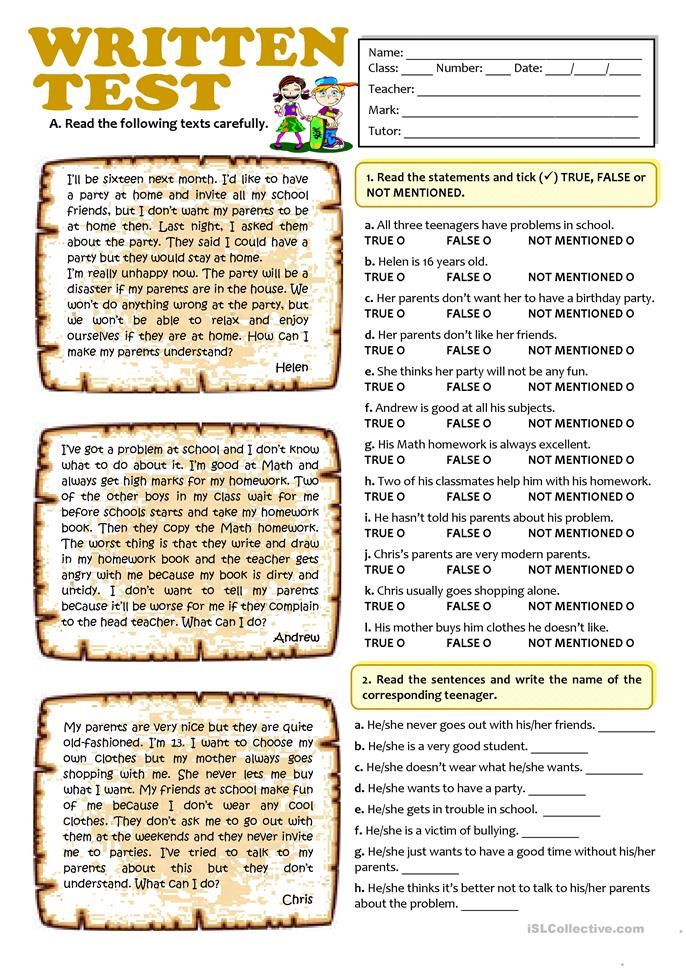 It is better if he understands not just words, but whole sentences.
It is better if he understands not just words, but whole sentences. - The baby has a fairly rich vocabulary. The more words a child knows, the easier it will be for him to read.
- The child must build sentences correctly, have good pronunciation. This item should not be considered as a mandatory criterion - it is difficult to expect a perfectly delivered speech from a preschooler, but the baby should speak confidently enough, and you should understand him well. nine0187
How to make your child's acquaintance with letters as comfortable and effective as possible?
There are certain rules that will allow you to make the learning process pleasant and comfortable for the child, respectively, increase the effectiveness of classes:
- Exercise regularly and in small amounts. Young children are not able to concentrate on one activity for a long time, especially if this activity requires perseverance and constant attention.
 But five minutes of practice is better than nothing. And if there are 5-7 such training sessions per day? You will get a full-fledged lesson - which will be useful, while not causing rejection in the child. On the other hand, if the kid likes it, if he is carried away, you should not tear him away from the “lesson” - this often happens if the lessons are presented in a playful way; nine0187
But five minutes of practice is better than nothing. And if there are 5-7 such training sessions per day? You will get a full-fledged lesson - which will be useful, while not causing rejection in the child. On the other hand, if the kid likes it, if he is carried away, you should not tear him away from the “lesson” - this often happens if the lessons are presented in a playful way; nine0187 - Do not scold the child for failures in the learning process, but on the contrary, praise more often. You should not perceive the failures of the baby as a result of laziness and negligence. In fact, learning to read is difficult - adults do it automatically, and the child has to correlate the letter with the sound, combine sounds, memorize syllables, add them, understand the meaning of each word, and then each sentence, text. This really requires maximum concentration, and also experience - which the child does not have. Therefore, notice even small successes, this will motivate the baby.
If you feel that you are ready to break loose and make a remark, stop the lesson, get distracted, return to the letters a little later, when you are in a good mood; nine0187
- Read books aloud and discuss what you read. Reading aloud allows you to expand the vocabulary of children, which can then be a great help in learning to read. In addition, a child will be able to understand from a very early age that different worlds are hidden behind different books - interesting, fascinating, incredible. And once the desire to get into these worlds on their own, regardless of adults, will become so strong that the child himself will take a book and begin to try to read. Do not forget to discuss what you have read - ask your child questions that he is able to understand at his age and which he can answer. nine0187
And one more thing. Do not rush to do everything at once. Go from simple to complex. First, let the child get acquainted with the letters and sounds. Then syllables can be made from sounds, then short words.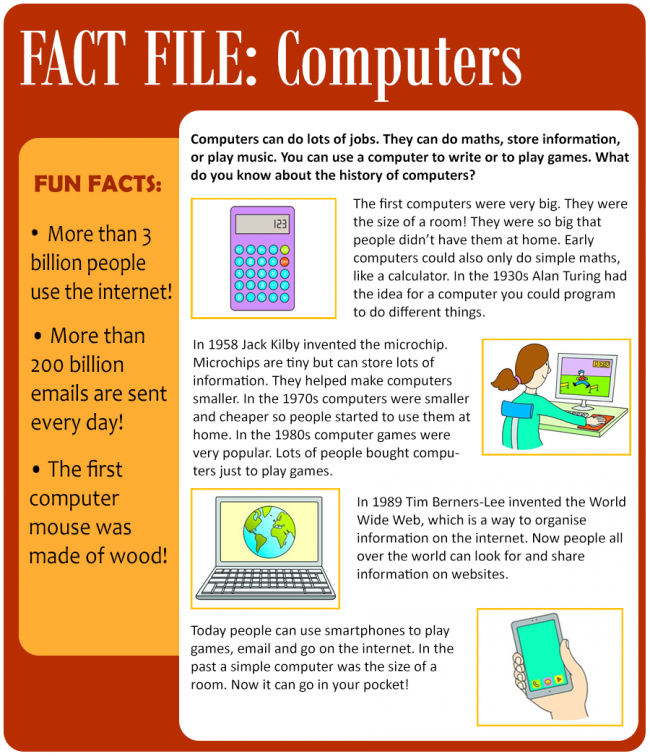 And only when all these steps are successfully completed, you can proceed to reading longer and more complex words.
And only when all these steps are successfully completed, you can proceed to reading longer and more complex words.
In order to best prepare yourself for the process of teaching your child to read, we advise you to read our article "How to teach your child to read".
Different methods of teaching reading
There are different methods of teaching reading. And there are no unambiguously bad and good, senseless and effective - when choosing a technique, you should focus on the child: on his age, character, perseverance, his preferences. It is also worth sensibly assessing your capabilities - if you are not ready to regularly engage with your child on your own, you should not choose methods that require your vigilant attention and control.
warehouse reading
Warehouse reading. We are talking about the Zaitsev technique, which is very popular today. Although in fact, learning to read through warehouses was practiced in Rus'. The essence of the method is to forget for a while about letters and attempts to divide words into syllables, which can be short and long, simple and complex. Warehouses are either two or one letter: a consonant and a vowel, a vowel and a consonant, a consonant with a soft or hard sign, or a separate vowel and a consonant letter. Education is supposed to be through cubes, on the sides of which warehouses are written. The cubes are different - in size, color, content, this is done so that the child understands the difference between vowels and consonants, voiced and soft, between different types of warehouses. An undoubted plus of the technique is the playful form and a soft transition from simple to complex. nine0003
Warehouses are either two or one letter: a consonant and a vowel, a vowel and a consonant, a consonant with a soft or hard sign, or a separate vowel and a consonant letter. Education is supposed to be through cubes, on the sides of which warehouses are written. The cubes are different - in size, color, content, this is done so that the child understands the difference between vowels and consonants, voiced and soft, between different types of warehouses. An undoubted plus of the technique is the playful form and a soft transition from simple to complex. nine0003
Syllabic reading
N.S. Zhukova's methodology, on the basis of which the primer was created. This method of teaching reading was used by the Romans. In Zhukova's primer, a system has been built in which sounds with letters are gradually introduced into speech. At the initial stage, the concept of a syllable is introduced, so that the child learns to read together more quickly.
Sound analytical-synthetic teaching methodology
A method that is now actively used in kindergartens and schools in our country.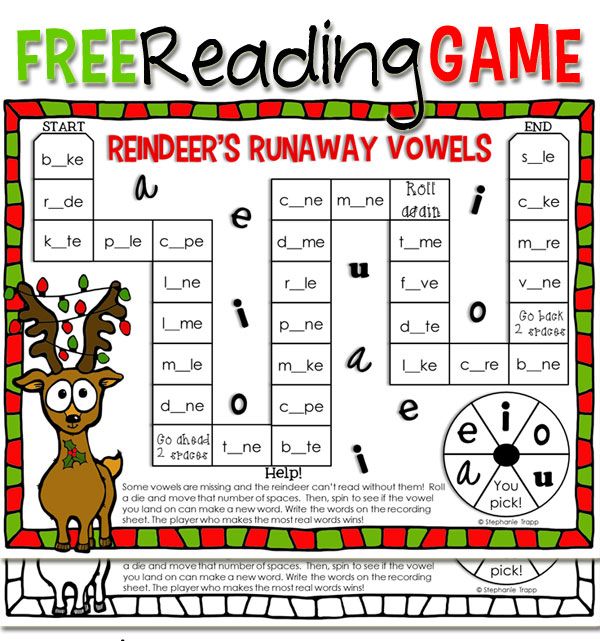 The technique was developed by A.I. Voskresenskaya, a Soviet methodologist and teacher of the Russian language. Voskresenskaya created a unique order in which children learn sounds and letters. First, kids learn letters that add up to simple syllables and words, then the complexity increases. It turns out that at first children learn syllables of two letters and simple words of two syllables. Then the children get acquainted with the syllables of three letters, where the vowel is in the center. After that, the two stages are combined and the children learn to read words from the studied syllables. Further, words of three syllables and six letters are studied, and then incrementally. nine0003
The technique was developed by A.I. Voskresenskaya, a Soviet methodologist and teacher of the Russian language. Voskresenskaya created a unique order in which children learn sounds and letters. First, kids learn letters that add up to simple syllables and words, then the complexity increases. It turns out that at first children learn syllables of two letters and simple words of two syllables. Then the children get acquainted with the syllables of three letters, where the vowel is in the center. After that, the two stages are combined and the children learn to read words from the studied syllables. Further, words of three syllables and six letters are studied, and then incrementally. nine0003
The role of applications in teaching reading
Just a few decades ago, all options for teaching children to read required patience, tact, and pedagogical skills from adults. And a lot of time. Today, games for learning the alphabet and reading can be called to help.
These applications have many advantages:
- Education in the form of a game.
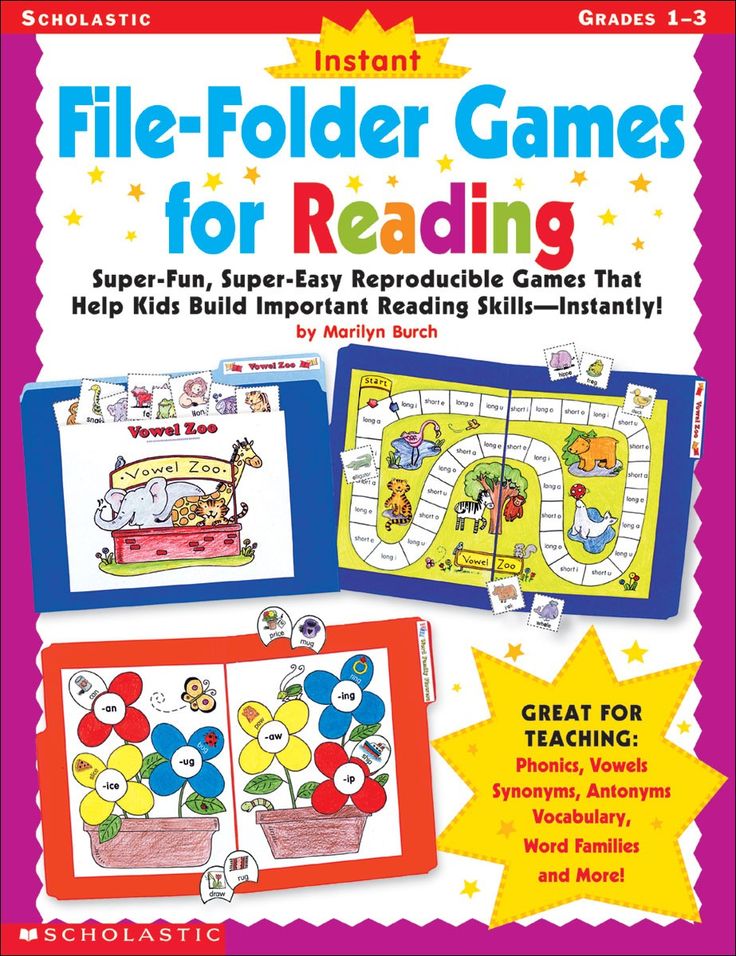 This means that the child's interest will be maintained at a high level, which means that you can count on the high efficiency of classes; nine0187
This means that the child's interest will be maintained at a high level, which means that you can count on the high efficiency of classes; nine0187 - The ability to devote any free time to learning. Remember, we wrote above that it is important to exercise little by little, but regularly - special applications provide excellent conditions for complying with this principle. Got a free minute? Play and learn;
- Competent construction of the training program, from simple to complex. Scenario development often involves teachers, speech therapists and other specialists who help make games not only interesting for kids, but also as useful as possible. The child effortlessly gets acquainted with the letters, while he does not have to face unsolvable puzzles, the complexity gradually increases as the child's skills are fixed. nine0187
The application will not lose patience when the child makes the tenth mistake. It will be ready to play with your baby anytime, anywhere, for as long as you need.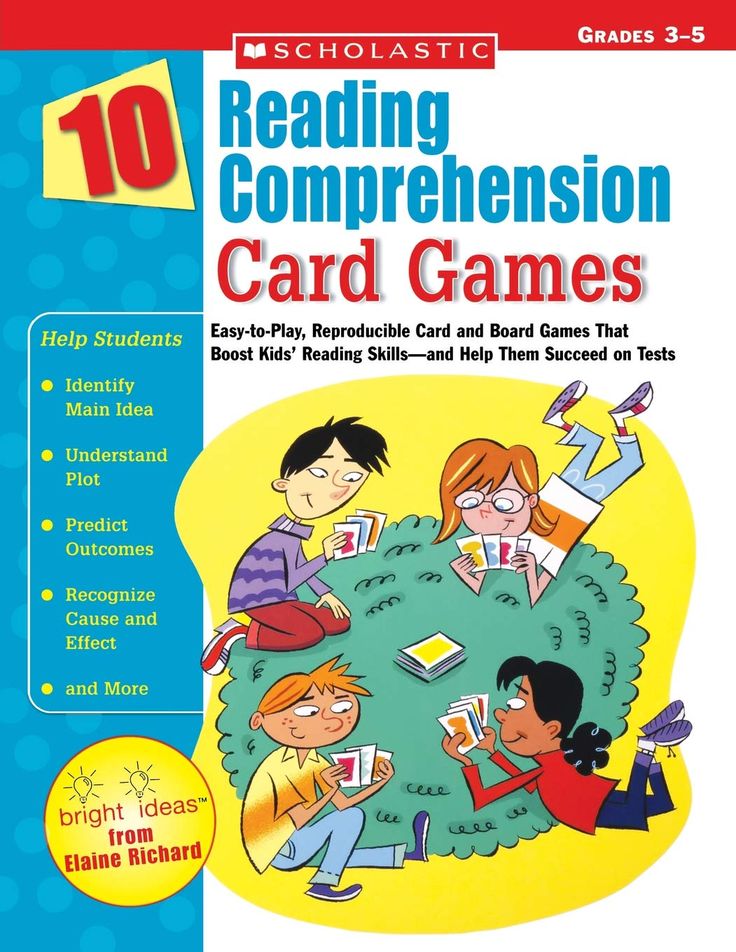 It will always praise for success and give something as a reward. With its help, the child will get acquainted with letters, sounds, learn to put them into syllables or warehouses, then into words and sentences.
It will always praise for success and give something as a reward. With its help, the child will get acquainted with letters, sounds, learn to put them into syllables or warehouses, then into words and sentences.
Of course, all of the above applies only to high-quality applications developed by professionals in the field of child psychology and pedagogy. Unfortunately, there are not only useful and interesting games in the public domain, but also those that can be frankly harmful - capable of discouraging a child from learning for a long time. Therefore, the choice of educational applications should be approached as carefully and responsibly as possible. nine0003
You can, for example, listen to the recommendations of Roskachestvo and evaluate factors such as:
- The presence or absence of advertising, the imposition of in-app purchases. If every five minutes the child has to interrupt for commercials, the game is unlikely to be useful;
- Easy settings.
 The interface should be as simple as possible for a preschooler. Instructions for use will also not be superfluous - for parents so that they can familiarize themselves and, if necessary, tell the child what to do and how; nine0187
The interface should be as simple as possible for a preschooler. Instructions for use will also not be superfluous - for parents so that they can familiarize themselves and, if necessary, tell the child what to do and how; nine0187 - Data on teaching methods. It's good when the game is built on the same teaching methodology that you use with your child. Otherwise, the baby may get confused when using different approaches;
- Application security. This can include items such as parental control, a guarantee of the absence of malware, requests for personal data and encryption during transmission and storage.
It is worth spending a little time to choose from the variety of applications presented the one that can interestingly acquaint the kid with letters, open for him the wonderful world of fairy tales and adventure stories, instill a love of reading. We, for our part, have tried to narrow your search as much as possible - we have selected for you the three best games for learning the alphabet: compare and choose what suits you best.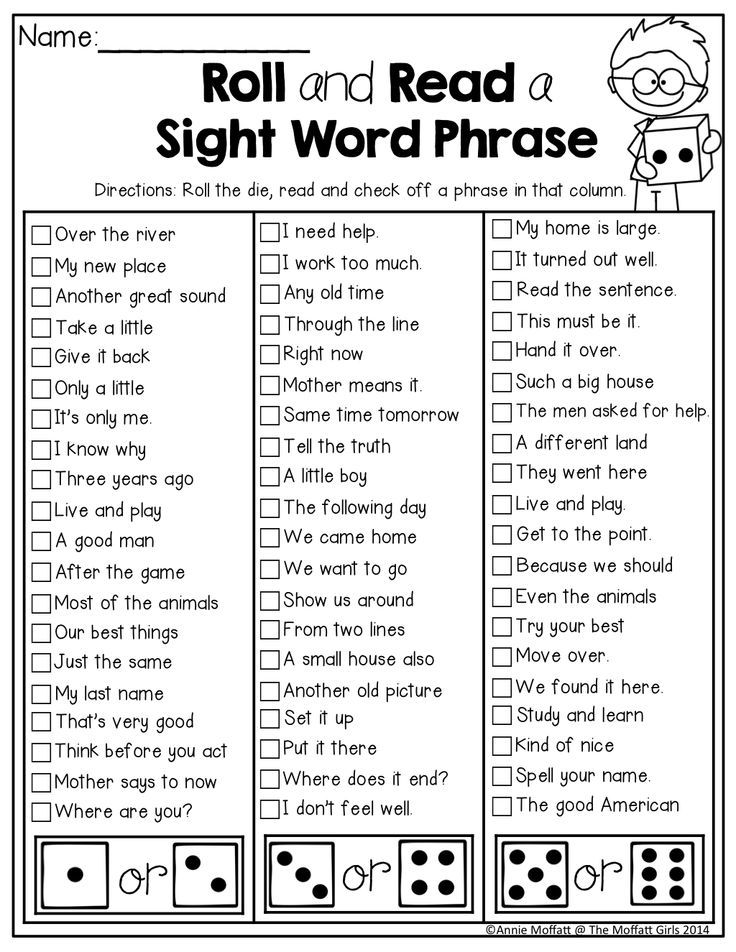 nine0003
nine0003
Conclusion
All three applications presented in the review deserve to be in the depths of your smartphone or tablet and form a child's sustainable long-term interest in learning. The child will return to the fabulous worlds of applications again and again to learn how to read - easily, imperceptibly, fun.
Natalia Sosnina
Co-author and methodologist of the Readings educational application. Since 2016, together with her husband and children, they have been developing a game to make learning to read interesting and understandable. The application is based on N.A. Zaitsev. In her free time she likes to spend time with her family and travel. nine0003
Learn more about Natalia on VK, Instagram and the Readings YouTube channel.
Our other articles
- How to teach a child to read
- Whole word reading method
- Nikolai Zaitsev's technique
- Maria Montessori Method
- The child has learned and repeats bad words, how to behave?
- When to start teaching a child to read
- A preschooler does not want to learn to read.
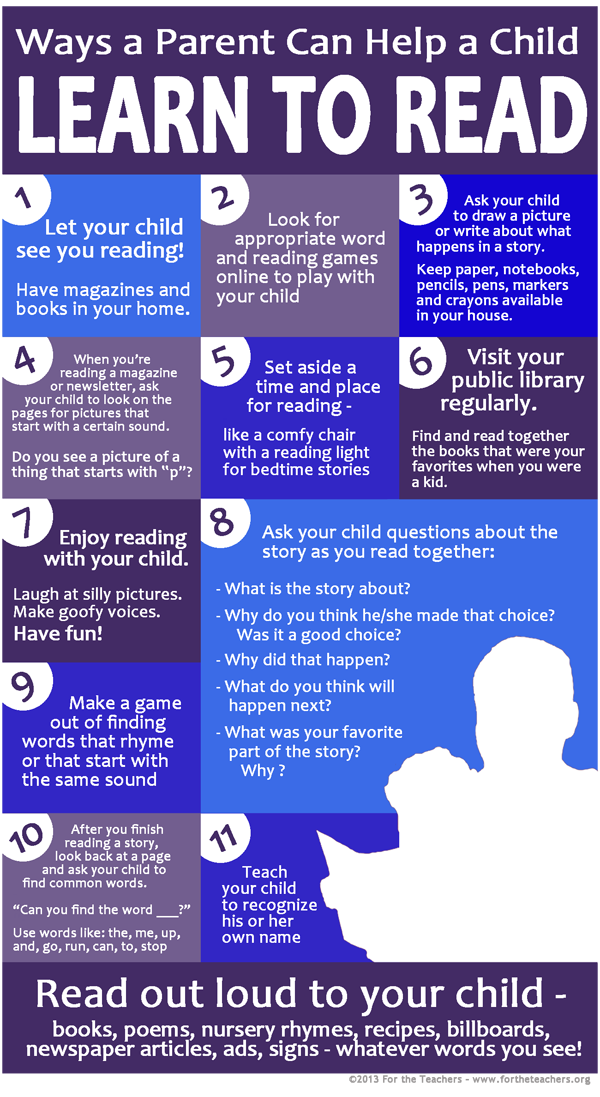
Learn more



